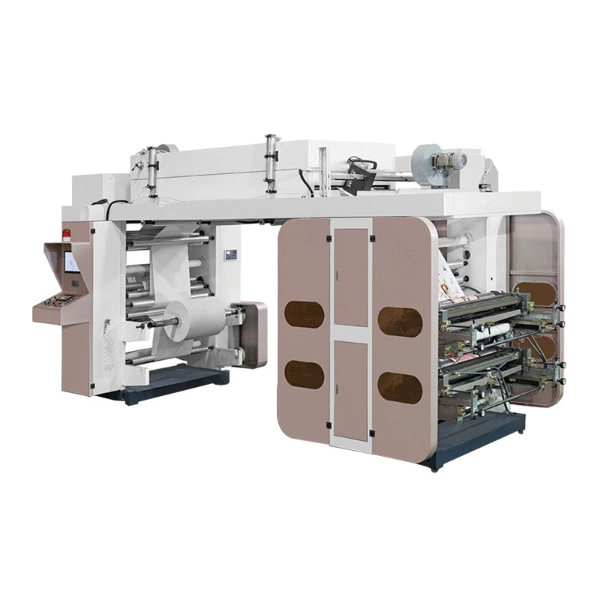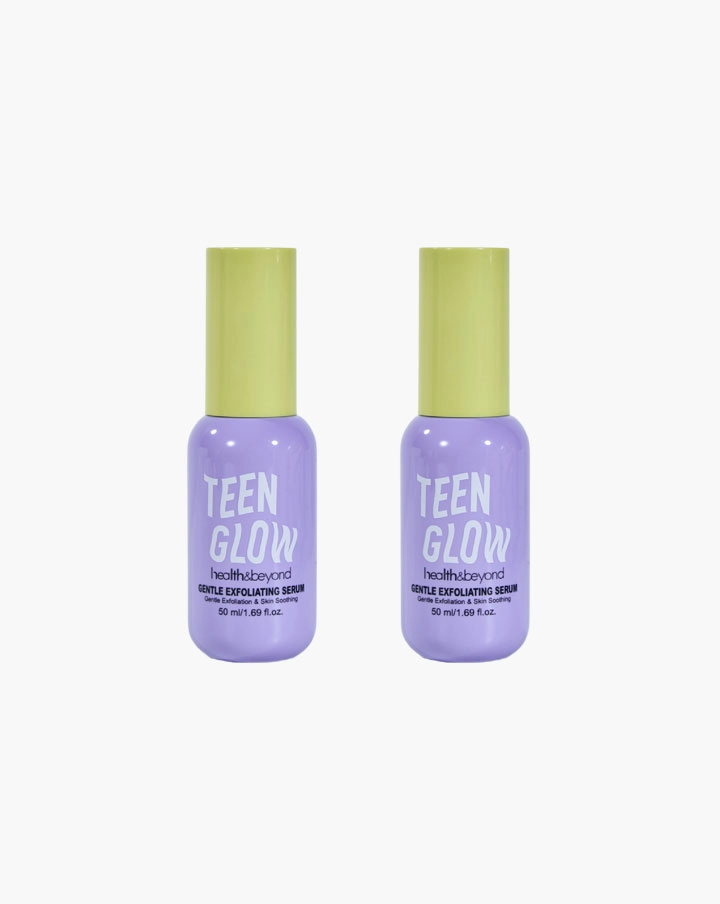Sapphire, a gemstone renowned for its stunning beauty and durability, has captivated gem enthusiasts and scientists alike for centuries. While many are familiar with its rich hues and applications in jewelry, a lesser-known aspect of sapphire is its interaction with ultraviolet (UV) light. This article delves into the intriguing question: Does sapphire glow under UV light? We will explore the scientific principles behind this phenomenon, the types of sapphires, and their practical implications in various fields.
Understanding Sapphire: A Brief Overview
Sapphire is a variety of the mineral corundum, primarily composed of aluminum oxide (Al2O3). While most commonly associated with the vibrant blue color, sapphires can be found in a spectrum of colors, including pink, yellow, green, and even colorless. The color variations are due to the presence of trace elements such as iron, titanium, and chromium.
The Science of UV Light
Ultraviolet light is a type of electromagnetic radiation with wavelengths shorter than visible light, typically ranging from 10 nm to 400 nm. UV light is divided into three categories: UVA, UVB, and UVC, with UVA being the least energetic and UVC the most. When certain materials are exposed to UV light, they can exhibit fluorescence, a process where they absorb UV radiation and re-emit it as visible light.
Do Sapphires Glow Under UV Light?
The answer to whether sapphires glow under UV light is nuanced and depends on several factors, including the specific type of sapphire and its impurities.
- Natural Sapphires: Most natural sapphires do not exhibit significant fluorescence under UV light. However, some may show a weak glow due to trace elements. For instance, sapphires containing traces of chromium can exhibit a faint red fluorescence, while those with iron may show a slight yellowish hue.
- Synthetic Sapphires: Synthetic sapphires, often created through the Verneuil process or the Czochralski method, can display more pronounced fluorescence. This is due to the controlled environment in which they are produced, allowing for specific impurities to be introduced intentionally. As a result, synthetic sapphires may glow brightly under UV light, making them easier to distinguish from natural stones.
- Heat Treatment: Many sapphires undergo heat treatment to enhance their color and clarity. This process can also affect their fluorescence properties. Treated sapphires may exhibit different fluorescence characteristics compared to their untreated counterparts, depending on the treatment process and the original impurities present.
Practical Applications of Sapphire's UV Response
Understanding how sapphires react to UV light has practical implications across various fields:
- Gemology: Gemologists utilize UV light to differentiate between natural and synthetic sapphires. The fluorescence patterns can provide critical clues about a stone's origin and treatment history.
- Industrial Applications: Sapphire's hardness and resistance to scratching make it an ideal material for watch crystals and electronic components. Understanding its behavior under UV light can aid in quality control processes.
- Scientific Research: In the field of materials science, researchers study sapphire's properties under UV light to develop advanced optical devices and sensors. The unique characteristics of sapphire make it a valuable material for applications in lasers and high-temperature environments.
Conclusion
In summary, while sapphires generally do not exhibit a strong glow under UV light, certain factors such as impurities, synthetic production methods, and heat treatments can influence their fluorescence. This intriguing aspect of sapphire not only enhances our understanding of this remarkable gemstone but also has practical implications in gemology, industry, and scientific research. As we continue to explore the properties of sapphires, we uncover the hidden layers of beauty and utility that this gemstone offers, solidifying its status as a timeless treasure in both nature and technology.



